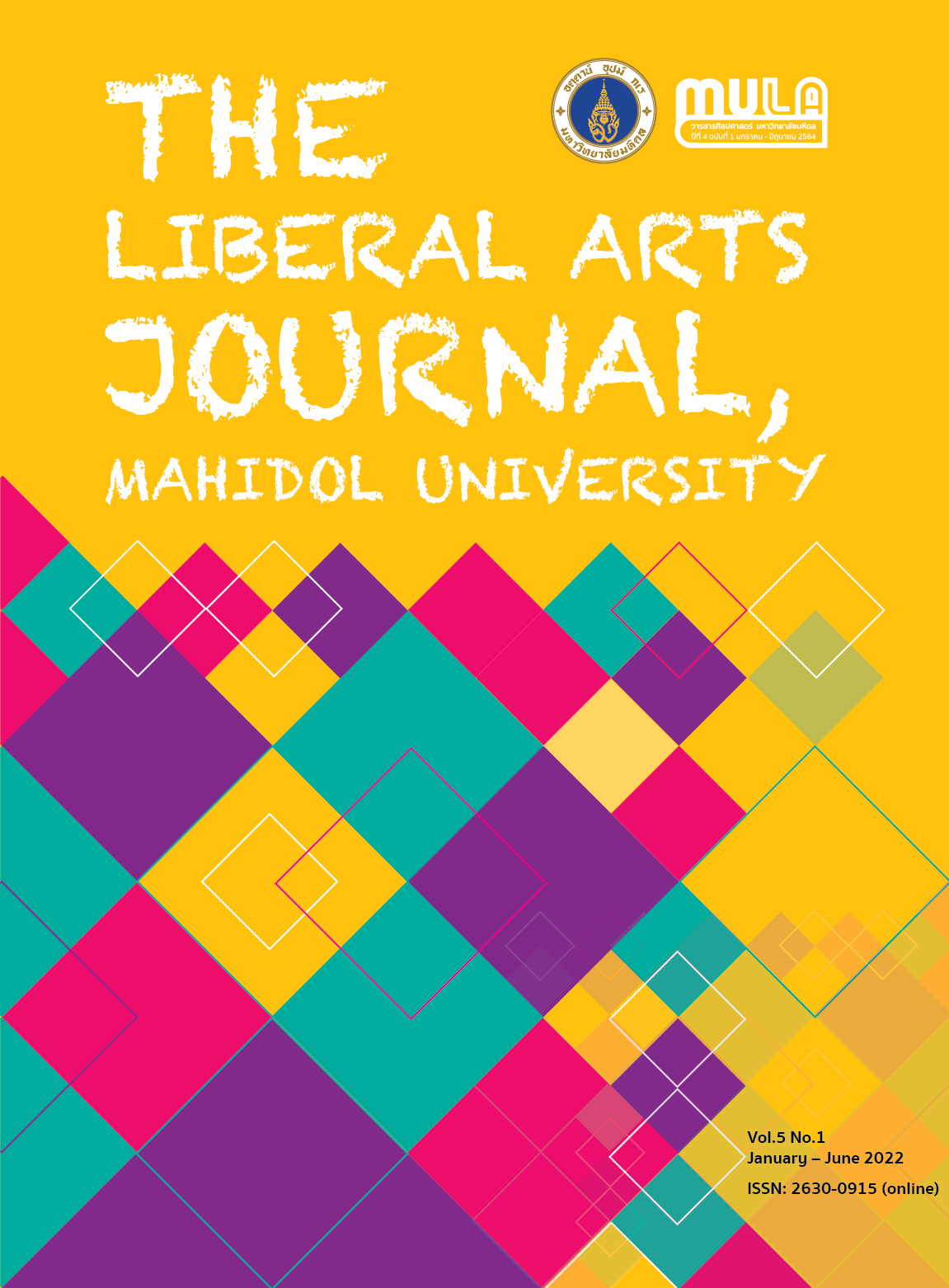The Use of English Reading Strategies of Thai Engineering Undergraduate Students for Reading Comprehension
Keywords:
English reading strategies, Thai engineering undergraduate students, reading comprehensionAbstract
The objective of the study was to investigate how the student participants used their English reading strategies. The Survey of Reading Strategies (SORS) originally developed by Mokhtari and Sheorey (2002) was adapted and then distributed to 41 fourth-year Industrial and Civil Engineering undergraduate students who took English for Communication in the second semester of academic year 2021 at the public university in Thailand. Also, the analyses of the textbook and the lesson plan were used to provide the complementary information. The findings showed that the student participants rated their reading strategies under the three main categories: problem-solving (PROB), global (GLOB), and support (SUP) at the low level. It indicates the limitations on the use of the English reading strategies. Lastly, the set of the English reading instruction was suggested based on the theory of the compensatory reading model. Recommendations for future research were discussed.
Downloads
Published
How to Cite
Issue
Section
License

This work is licensed under a Creative Commons Attribution-NonCommercial-NoDerivatives 4.0 International License.



